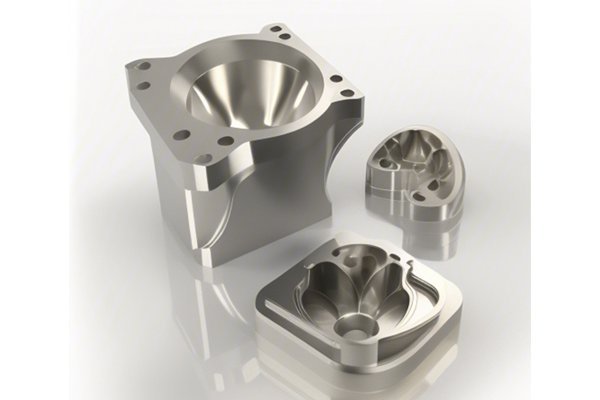Opening
Did you know that the global market for composite materials is projected to exceed $150 billion by 2027? With their remarkable strength-to-weight ratio and versatile applications, composites are rapidly becoming a go-to material in industries ranging from aerospace to automotive. However, one significant challenge that manufacturers face when machining these advanced materials is addressing delamination and fiber breakage. These issues not only undermine the integrity of the parts being produced but can also lead to costly rework and production delays. So, how can manufacturers effectively solve these problems in CNC machining?
—
Understanding the Problem: Delamination and Fiber Breakage
What is Delamination?
Delamination refers to the separation of layers within a composite material. This phenomenon can occur due to a variety of factors, including:
What is Fiber Breakage?
Fiber breakage refers to the failure of the fibers within composite materials. As a structural component, the fibers are critical to the composite’s strength and integrity. Fiber breakage can occur due to:
—
Solutions to Delamination and Fiber Breakage
To mitigate the risks of delamination and fiber breakage in CNC machining, manufacturers can adopt a multi-faceted approach, comprising of the following strategies:
The first line of defense is selecting the right composite material.
Using the correct tools is essential for optimal machining outcomes.
Fine-tuning your CNC parameters can enhance the machining process considerably.

Keeping the material cool during machining is critical for reducing heat build-up.
The right machining strategy can make a significant difference.
Regular monitoring and adjustments can further reduce the incidence of delamination and fiber breakage.
—
Case Studies
Case Study 1: Aerospace Component Machining
A leading aerospace manufacturer was facing significant issues with delamination in their CNC machined wing components. By implementing specialized cutting tools and optimizing machining parameters, they managed to reduce delamination incidents by 40% within a quarter.
Case Study 2: Automotive Prototype Production
An automotive company reported high rates of fiber breakage in their prototype parts. By fine-tuning their cooling techniques and selecting the right machining strategy, they experienced a reduction of fiber breakage incidents by 60%.
—
In the intricate world of CNC machining composite materials, delamination and fiber breakage present serious challenges that can undermine the efficacy and reliability of manufactured parts. However, through careful material selection, precise tool and parameter choices, effective cooling techniques, and constant monitoring, manufacturers can minimize these issues and enhance the quality of their products.
Understanding and addressing these challenges is critical in industries that rely on the superior properties of composite materials. As the demand for lightweight yet robust materials continues to rise, manufacturers equipped with these advanced techniques will be better positioned to meet industry needs and maintain competitiveness.
In summary, this blog illustrates the importance of a multifaceted approach when tackling delamination and fiber breakage in CNC machining. As the market for composite materials continues to expand, remaining adept at solving these challenges will ensure product quality and operational efficiency, making it a key consideration for manufacturers in the field.






